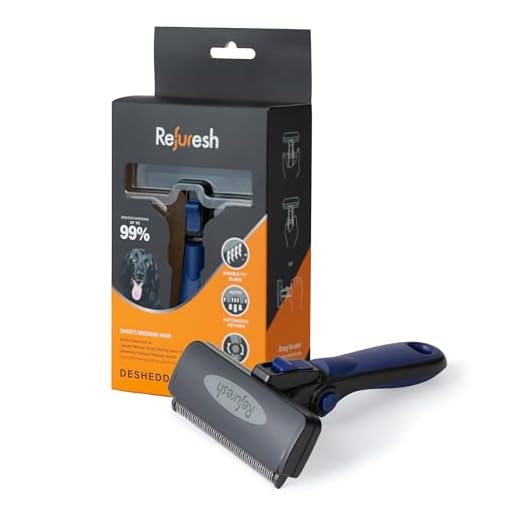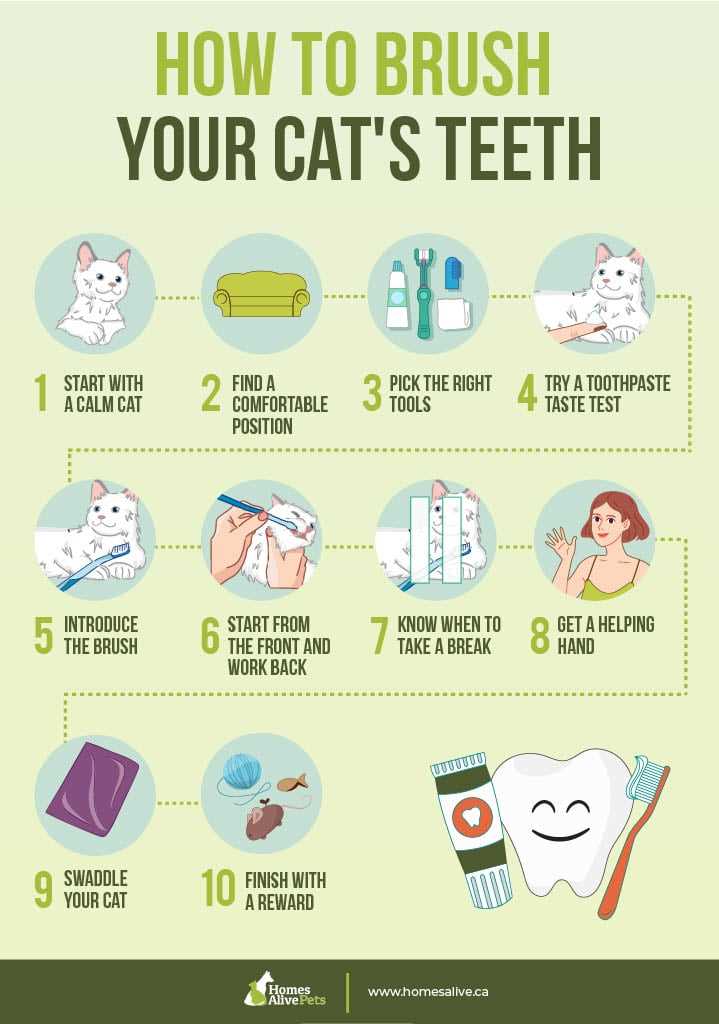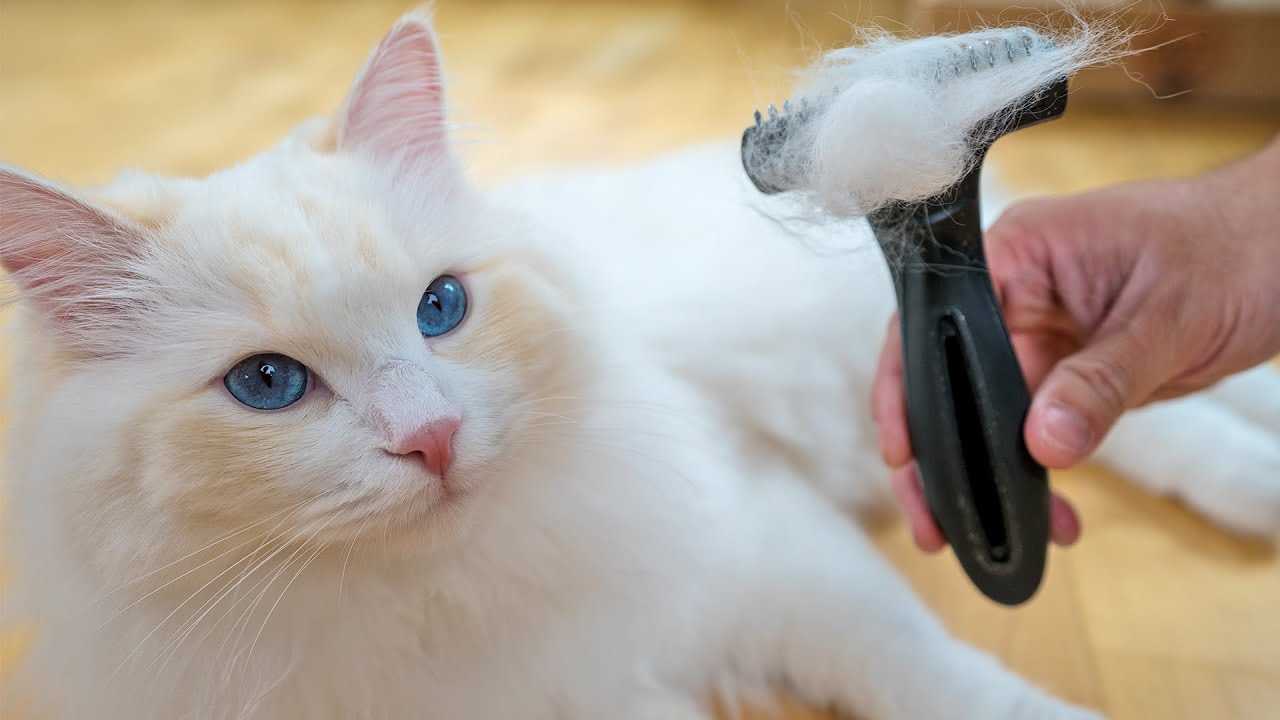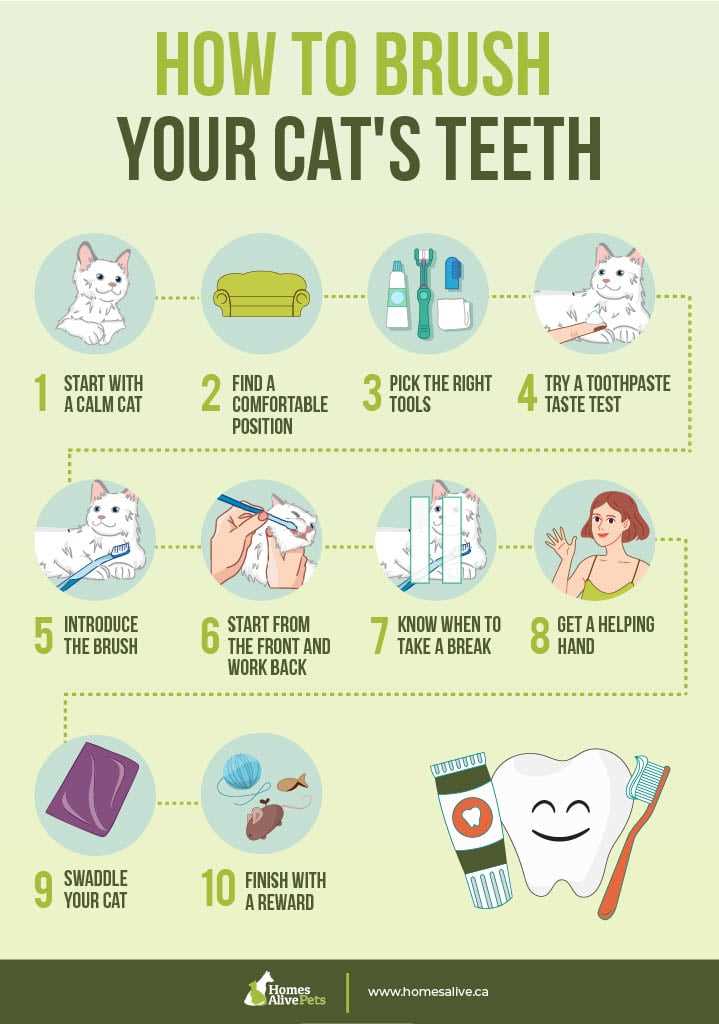



Consistent grooming sessions should last around 10 to 15 minutes. This timeframe allows for thorough detangling and removal of loose fur without overwhelming me. Too much time spent on this task might lead to discomfort or stress, so it’s crucial to keep it enjoyable.
Frequency matters, too. For me, a once-a-week routine is ideal, especially during shedding seasons. However, long-haired breeds may require more frequent attention. Adjusting the duration and frequency based on coat type ensures that I stay comfortable and happy.
Always use the right tools, like a slicker brush or a wide-toothed comb, to get the best results. The right equipment can make a significant difference in how I feel about the grooming experience. A gentle touch will help create a positive association, turning these sessions into a bonding activity.
Duration for Grooming Sessions
I recommend dedicating at least 10 to 15 minutes for each grooming session. This timeframe allows for thorough attention to my coat without causing fatigue. If you notice that I’m becoming restless, it’s wise to wrap things up sooner rather than later.
For short-haired breeds like myself, a quick once-over with a soft brush can suffice, while longer-haired companions may benefit from a more extended and meticulous approach. Aim for sessions every few days, adjusting based on my shedding patterns and comfort level.
Pay particular attention to areas prone to matting, like behind the ears and under the belly. If I enjoy the process, feel free to extend the time, but if I start to squirm or show signs of annoyance, it’s best to stop. Regularity and patience are key components for a successful grooming routine.
Understanding Your Cat’s Coat Type

For my fluffy friends, it’s crucial to know your coat type. Short-haired breeds, like me, require less grooming compared to long-haired varieties. A quick run through with a comb once a week keeps our fur smooth and healthy.
Long-haired pals, however, benefit from more frequent sessions–ideally every few days. This prevents matting and tangles that can lead to discomfort.
Single-coat breeds, such as the Siamese, generally need less maintenance than double-coated types like the Persian. The latter have an undercoat that requires extra attention to keep it from becoming a tangled mess.
If you have a curly-haired companion, like a Devon Rex or Cornish Rex, a gentle touch is needed. Their unique texture can be maintained with occasional combing to keep their curls looking fabulous.
Be sure to observe your buddy’s coat condition. If it looks dull or feels coarse, it might indicate a need for more grooming, or perhaps an adjustment in diet. Regular check-ups can help keep both grooming and health in balance.
Determining the Right Brush for Your Cat

Choosing the appropriate grooming tool is crucial for maintaining a healthy coat. Here are some recommendations based on various fur types:
- Short-Haired Felines: Opt for a fine-toothed comb or a rubber curry brush. These tools effectively remove loose hairs and distribute natural oils.
- Medium-Haired Companions: A slicker brush works well to eliminate tangles and mats. Look for one with flexible bristles to avoid irritating the skin.
- Long-Haired Breeds: Invest in a wide-toothed comb and a pin brush. These allow for gentle detangling and thorough grooming without pulling.
- Curly or Wavy Coats: Utilize a specific grooming rake designed for curly fur. This helps in maintaining the coat’s unique texture without causing damage.
Always select a tool that feels comfortable in your paw. Regularly check the bristles for wear and replace them as needed to ensure a pleasant grooming experience.
Consider your preferences, too! Some tools come with ergonomic handles that make the process more enjoyable for both of us.
Frequency of Grooming Based on Shedding Seasons
During spring and autumn, daily sessions are necessary to manage the increased loss of fur. This helps to keep my coat healthy and reduces the amount of fur that ends up on furniture.
Spring Shedding
As the weather warms up, I experience significant shedding. This is my body’s way of preparing for the heat. I recommend:
- Daily grooming for at least 10-15 minutes.
- Focus on areas where tangles form, like underarms and behind ears.
Autumn Shedding
In preparation for colder months, I shed my summer coat. During this time, I prefer the following routine:
- Groom every other day for about 10 minutes.
- Check for loose fur and any skin irritations.
Regardless of the season, maintaining a comfortable house temperature for cats helps keep my fur healthy and reduces stress during grooming sessions.
Signs That Indicate a Need for Longer Grooming Sessions

If you notice excessive shedding on furniture or clothing, it’s a clear sign that more time is required for grooming. My own fur can become a bit unruly, especially during shedding seasons, indicating a thorough session is necessary.
Another indicator is the presence of mats or tangles in the coat. When my fluffy fur starts to clump, it’s time to dedicate extra minutes to detangle those pesky knots. These can be uncomfortable, not just for me, but any furry friend facing similar issues.
Changes in behavior can also signal the need for more grooming. If I become restless or agitated during regular sessions, it may indicate that my fur is not being managed properly. A longer grooming time can help ease my discomfort and keep my coat in top shape.
Monitoring my skin is essential too. If I show signs of irritation or redness, it could mean that longer grooming is necessary to ensure my coat remains healthy. Keeping an eye on my skin condition can help prevent further issues.
Lastly, if you’ve recently changed my diet or environment, such as a move to a new home or the addition of a new pet, these changes may affect my fur and skin. Adapting grooming routines to accommodate these shifts can lead to a healthier and happier kitty. For those who travel often with their pets, consider checking out best 4×4 cars for dogs to ensure a comfortable ride.
Tips for Keeping Your Cat Calm During Brushing
Begin with short sessions of gentle grooming while offering treats. This creates positive associations with the experience.
Choose a quiet area free from distractions. A calm environment helps me relax and feel secure.
Use slow, soft strokes, and pay attention to my body language. If my ears flatten or I start to squirm, it might be time for a break.
Incorporate playtime before grooming. Engaging in a fun activity can help expend energy and reduce stress.
Consider using pheromone sprays or calming diffusers in the grooming space. These can create a soothing atmosphere.
Always have my favorite toys nearby. Familiar objects can provide comfort during the process.
Be patient and consistent. Repeated positive experiences will help build my trust over time.
| Tip | Description |
|---|---|
| Treats | Reward with treats to build a positive connection. |
| Quiet Space | Choose a calm location to minimize anxiety. |
| Gentle Technique | Stroke softly and watch for signs of discomfort. |
| Playtime | Engage in play before grooming to reduce restlessness. |
| Pheromones | Use calming scents to create a relaxed environment. |
| Familiar Toys | Keep favorite toys close for comfort. |
| Patience | Consistent, gentle practice builds trust over time. |
Monitoring Your Feline’s Skin Health While Grooming
Pay attention to any changes in the skin during grooming sessions. Look for signs such as redness, flakiness, or unusual bumps. These could indicate underlying issues that require further investigation.
Check for excessive oiliness or dryness. A healthy coat should feel smooth and shiny. If your companion’s fur feels greasy or lacks luster, it may be a sign of a skin problem or nutritional deficiencies.
Inspect Regularly for Parasites
While you’re tending to the fur, keep an eye out for any parasites like fleas or ticks. These pests can cause irritation and lead to more severe skin conditions if left untreated. Look for small black specks or movement in the fur.
Note Behavioral Changes
Changes in behavior during grooming can signal discomfort. If your pet seems agitated or tries to escape, it might indicate pain or irritation. Monitor their reactions closely to identify any potential skin issues.
Regularly examining the skin and coat will help maintain your furry friend’s overall health and well-being. Prioritize these observations during grooming to ensure your companion remains happy and healthy.









